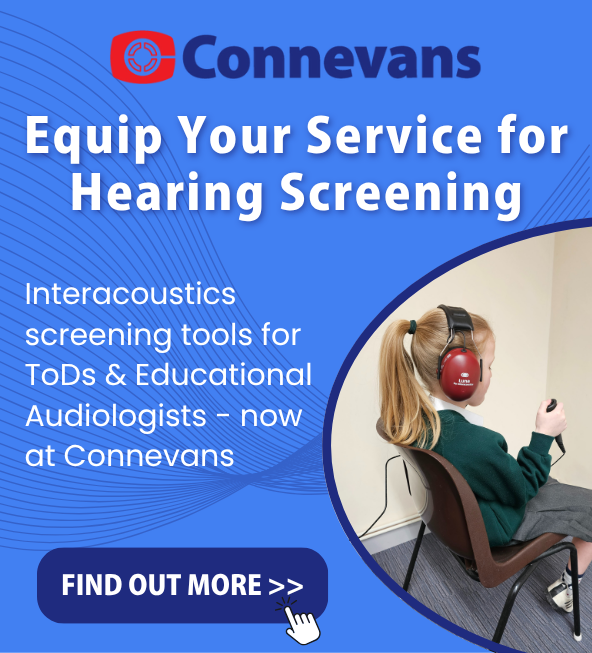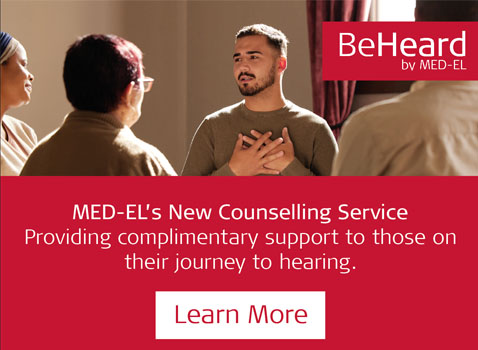The history of deaf education 1960 – 2010
This section of our website has been developed by Dr. Susan Gregory who has played an eminent role in deaf education throughout her career. She initiated this idea and BATOD’s Steering Group and National Executive Council welcomed it.
What is it?
A dedicated section of the BATOD website which gives an account of deaf education during the period 1960 -2010. It includes historical accounts, important dates and relevant sources, and personal accounts.
Why do we need a history of deaf education?
Deaf education has experienced many developments and changes since 1960.
- New-born screening for deafness leading to much earlier diagnosis
- Technological developments of hearing aids including cochlear implants, digital aids, FM systems, Bone Conducting Hearing Implants (formerly known as BAHAs)
- Many more deaf pupils being educated in mainstream schools
- Higher expectations of educational attainment
It has also been a period during which there have been many important debates and discussions:
- BSL and the use of signs in education compared with oral-aural approaches
- Discussions as to whether deaf people should be considered as disabled or as a linguistic minority group and the implication of this
- The introduction of cochlear implantation, a surgical intervention to treat deafness
Why 1960 -2010?
We want to include personal accounts as well as a more formal history. Many people will have experiences of more recent events and for some people 1960 is within living memory which allows us to tap into their experiences to get a richer picture of deaf education from 1960 onwards.
Why a website?
Many people do not get their information from books any more, but prefer to use the internet.
A website allows material to be organised in more interesting ways, rather than in the linear form of a book.
How is it organised?
It is topic based. Each topic has three sections – an account of this topic throughout the period, a list of key references and additional sources of information, and personal accounts
Who can make personal accounts? How can I contribute? When should they be sent in?
Contributions will be personal accounts of experiences of deaf education. They can be about a particular experience or about an event, a memory of a regular activity or about the effects of a change in educational policy on the writer. They may be short or long and will be organised under the different sections of the website. Anyone with relevant experience is welcome to contribute, deaf pupils past and present, Teachers of the Deaf and other professionals, family members and others involved in deaf education. Contributions should be sent to [email protected]
Topics will be introduced gradually and contributions will be invited on these in the BATOD magazine and on the website. Once a topic is on the website contributions to it can be made at any time.
Here is some further information for contributors.
- If I disagree with something on the website or have a different point of view can I comment? Personal experiences will not be directly followed by comments but you are very welcome to make your own related contribution, putting your point of view, and referring to the relevant piece.
- Can contributions be anonymous? If you do not want your name to go on it can be anonymous but the website manager will need to have your full contact details.
- Can I make a contribution in BSL? We are happy to accept contributions in BSL via YouTube. We will put the link to your contribution on the relevant section.
Using the material on the website
If anyone wants to use the material on the website they need to contact [email protected] to seek permission. Any material that is used must acknowledged the source as the ‘history of deaf education 1960-2010’ section of the BATOD website.



